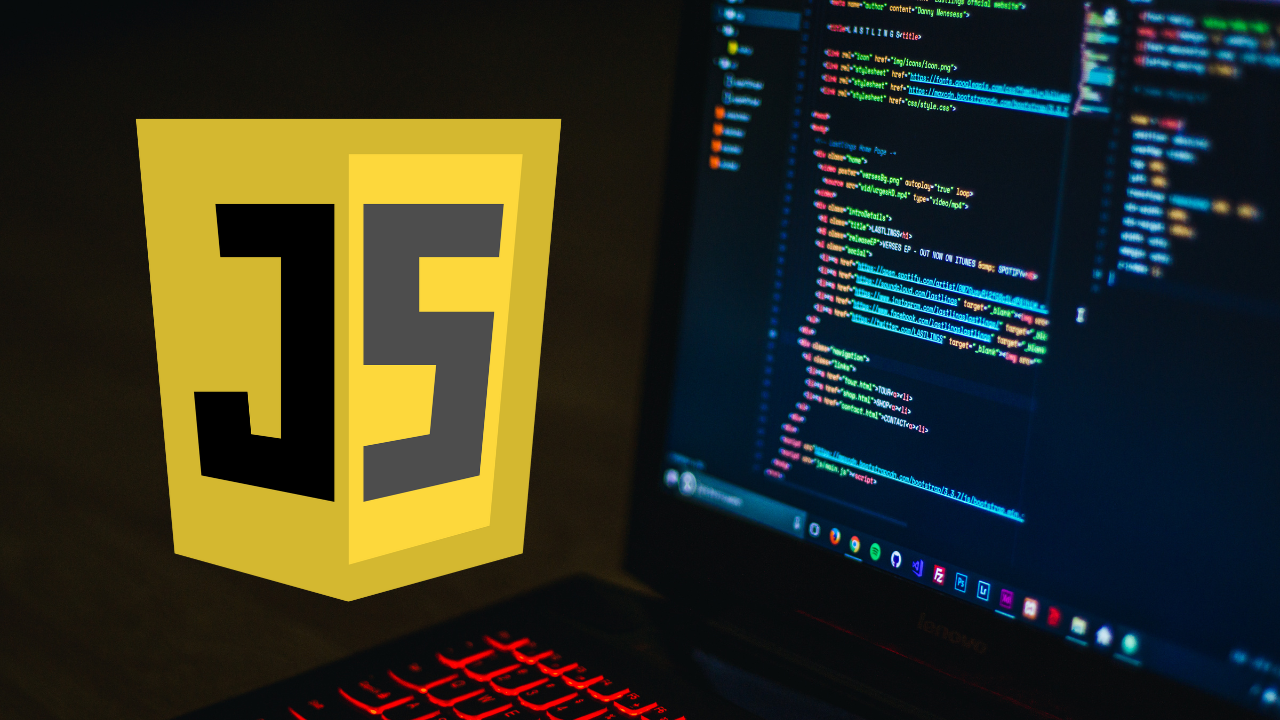Introduction
JavaScript remains one of the most versatile and widely-used programming languages in the world. From frontend interfaces to backend services and even mobile apps, JavaScript is everywhere. Whether you’re a beginner learning the ropes or an experienced developer refining your craft, knowing the right JavaScript coding tips can elevate the quality, readability, and efficiency of your code.
This guide compiles the most essential, professional-grade JavaScript coding tips for 2025, curated to help you write cleaner, more maintainable, and performance-optimized code. These techniques are applicable across frameworks like React, Angular, and Node.js, and are tailored for serious developers who want to level up.
Table of Contents
- Use
letandconstInstead ofvar - Embrace Arrow Functions
- Master Destructuring Assignment
- Prefer Template Literals Over String Concatenation
- Use Default Parameters Wisely
- Take Advantage of Object Property Shorthand
- Avoid Callback Hell with Promises and Async/Await
- Understand Scope and Closures
- Optimize Loops and Iteration Methods
- Use Strict Equality (
===and!==) - Write Modular, Reusable Functions
- Manage Side Effects in Functions
- Handle Errors Gracefully
- Keep Your Code DRY (Don’t Repeat Yourself)
- Embrace ES6+ Features
- Use ESLint and Prettier for Code Quality
- Use Console Effectively for Debugging
- Validate Inputs and Handle Edge Cases
- Understand Hoisting
- Avoid Global Variables
- Final Thoughts
1. Use let and const Instead of var
var is function-scoped and can lead to unexpected behavior due to hoisting. Modern JavaScript practices recommend using let for variables that change and const for those that don’t.
const maxUsers = 100;
let currentUsers = 0;
This ensures more predictable and safer variable management.
2. Embrace Arrow Functions
Arrow functions offer a more concise syntax and automatically bind this to the surrounding scope.
const add = (a, b) => a + b;
They are especially useful in callbacks and methods where maintaining context is crucial.
3. Master Destructuring Assignment
Destructuring allows you to extract values from arrays or properties from objects efficiently.
const user = { name: "Alice", age: 28 };
const { name, age } = user;
It leads to cleaner and more readable code.
4. Prefer Template Literals Over String Concatenation
String concatenation with + is outdated. Template literals allow for cleaner multi-line strings and variable interpolation.
const greeting = `Hello, ${name}! You are ${age} years old.`;
5. Use Default Parameters Wisely
Set default values for function parameters to make your functions more resilient.
function greet(name = 'Guest') {
return `Hello, ${name}`;
}
6. Take Advantage of Object Property Shorthand
When object keys and variable names are the same, you can use shorthand syntax.
const name = 'Alice';
const age = 28;
const user = { name, age };
7. Avoid Callback Hell with Promises and Async/Await
Deeply nested callbacks can be hard to manage. Use Promises or async/await to handle asynchronous operations cleanly.
async function fetchData() {
try {
const response = await fetch('https://api.example.com/data');
const data = await response.json();
console.log(data);
} catch (error) {
console.error('Error:', error);
}
}
8. Understand Scope and Closures
Scope defines variable accessibility, while closures allow inner functions to access outer function variables even after execution.
function outer() {
let counter = 0;
return function inner() {
counter++;
return counter;
};
}
const increment = outer();
console.log(increment()); // 1
console.log(increment()); // 2
9. Optimize Loops and Iteration Methods
Use modern iteration methods like .map(), .filter(), and .reduce() instead of for loops when appropriate.
const numbers = [1, 2, 3];
const doubled = numbers.map(num => num * 2);
10. Use Strict Equality (=== and !==)
Avoid type coercion by using strict equality operators.
console.log(5 === '5'); // false
It ensures your code behaves predictably.
11. Write Modular, Reusable Functions
Break down complex logic into smaller, testable functions. Avoid long, monolithic code blocks.
function calculateTax(amount) {
return amount * 0.1;
}
function calculateTotal(price) {
return price + calculateTax(price);
}
12. Manage Side Effects in Functions
Pure functions that do not alter external states are easier to test and debug.
function add(a, b) {
return a + b;
}
Avoid modifying global variables or input parameters.
13. Handle Errors Gracefully
Always use try/catch blocks or .catch() with Promises to handle errors.
try {
const result = riskyFunction();
} catch (error) {
console.error('Something went wrong:', error);
}
14. Keep Your Code DRY (Don’t Repeat Yourself)
Avoid duplicating code. Reuse functions and utilities wherever possible.
function formatCurrency(amount) {
return `$${amount.toFixed(2)}`;
}
15. Embrace ES6+ Features
Use modern JavaScript features like spread/rest operators, optional chaining, and nullish coalescing.
const user = { name: 'Alice', address: { city: 'NY' } };
const city = user?.address?.city ?? 'Unknown';
16. Use ESLint and Prettier for Code Quality
These tools enforce coding standards and ensure consistent formatting across teams.
npm install eslint prettier --save-dev
17. Use Console Effectively for Debugging
Leverage console.log(), console.error(), and console.table() to inspect variables and object structures.
console.table(users);
18. Validate Inputs and Handle Edge Cases
Never assume inputs are valid. Use validation logic to ensure stability.
function divide(a, b) {
if (b === 0) throw new Error('Division by zero');
return a / b;
}
19. Understand Hoisting
Variables declared with var are hoisted, but their values are not. let and const declarations are hoisted in a “temporal dead zone.”
console.log(a); // undefined
var a = 5;
20. Avoid Global Variables
Polluting the global namespace leads to conflicts and bugs. Use modules or closures to encapsulate logic.
(function() {
const privateVar = 'I am private';
})();
21. Final Thoughts
Mastering JavaScript involves more than just understanding syntax. It requires a disciplined approach to writing clean, modular, and efficient code. The tips in this guide represent the best practices used by experienced developers to create maintainable and scalable applications.
Whether you’re building with React, vanilla JS, or Node.js, applying these JavaScript coding tips can significantly improve your coding experience and output. Keep learning, keep refactoring, and always aim for clarity and simplicity in your code.
Stay sharp, code smart—and let superb developers like you shape the web’s future.
For Python: Click Here

